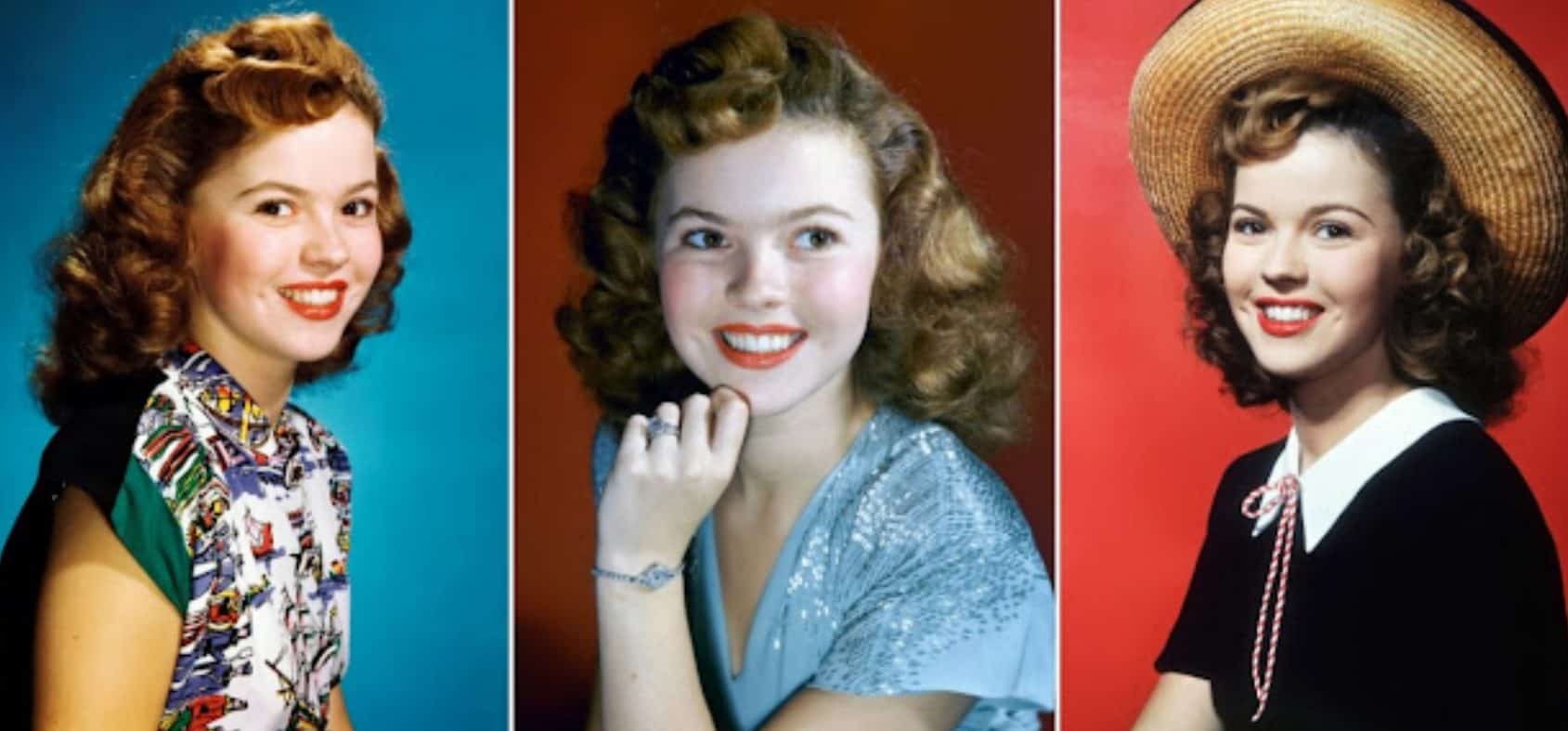What happened to Shirley Temple? If you are one of those who loved Shirley Temple as an actress but were confused as to why she led a traumatic life behind the camera, you have arrived at the right spot, as we will reveal the truth behind her death and her life behind the camera.
Temple was born and raised in late 1928 in Santa Monica, California. Her mom raised her two eldest children while staying home with her banking father. The United States experienced the Great Depression just one year after Temple’s birth.
However, the Temple clan enrolled their youngest child in dancing training when she was a toddler, and once she signed a deal with Educational Films, the straggly youngster quickly rose to fame. After attracting so much attention, she raised concerns about her personal life and the Stardom she had achieved. They also raised questions regarding her marriage and the trauma she faced.
Also read: What Happened to Rebekah Vardy? The Infamous Wagatha Christie Trial
Temple’s Stardom and achievements
Her first projects included a run of one-reeler titled “Baby Burlesks” and a pair of reels titled “Frolics of Youth,” all of which she appeared as Mary Lou Rogers. Throughout this time, she also served as a model for several products, including cereals.

She appeared in a small yet noticeable role in the 1932 film “Red Haired Alibi” to make her debut in a major motion picture. Temple obtained a contract with Fox Pictures in 1934 after Educational Pictures filed for bankruptcy in 1933. Her breakout film, “Stand Up and Cheer!” was released the same year.
Everyone adored the adorable and innocent young child, and the film was hugely successful. She made appearances in several films, including “Bright Eyes,” in which she played an orphaned youngster in the center of a contentious custody dispute. This movie was made expressly to highlight the young artist’s abilities.
In “Curly Top,” the starlet was seen in the role of Elizabeth, a young orphan that came out in 1935. The audience adored her portrayal of a charming but mischievous and energetic youngster. The film was a huge box office success. She made many cinematic appearances in the late 1930s, including “Heidi,” Dimples,” and “Little Miss Broadway.”
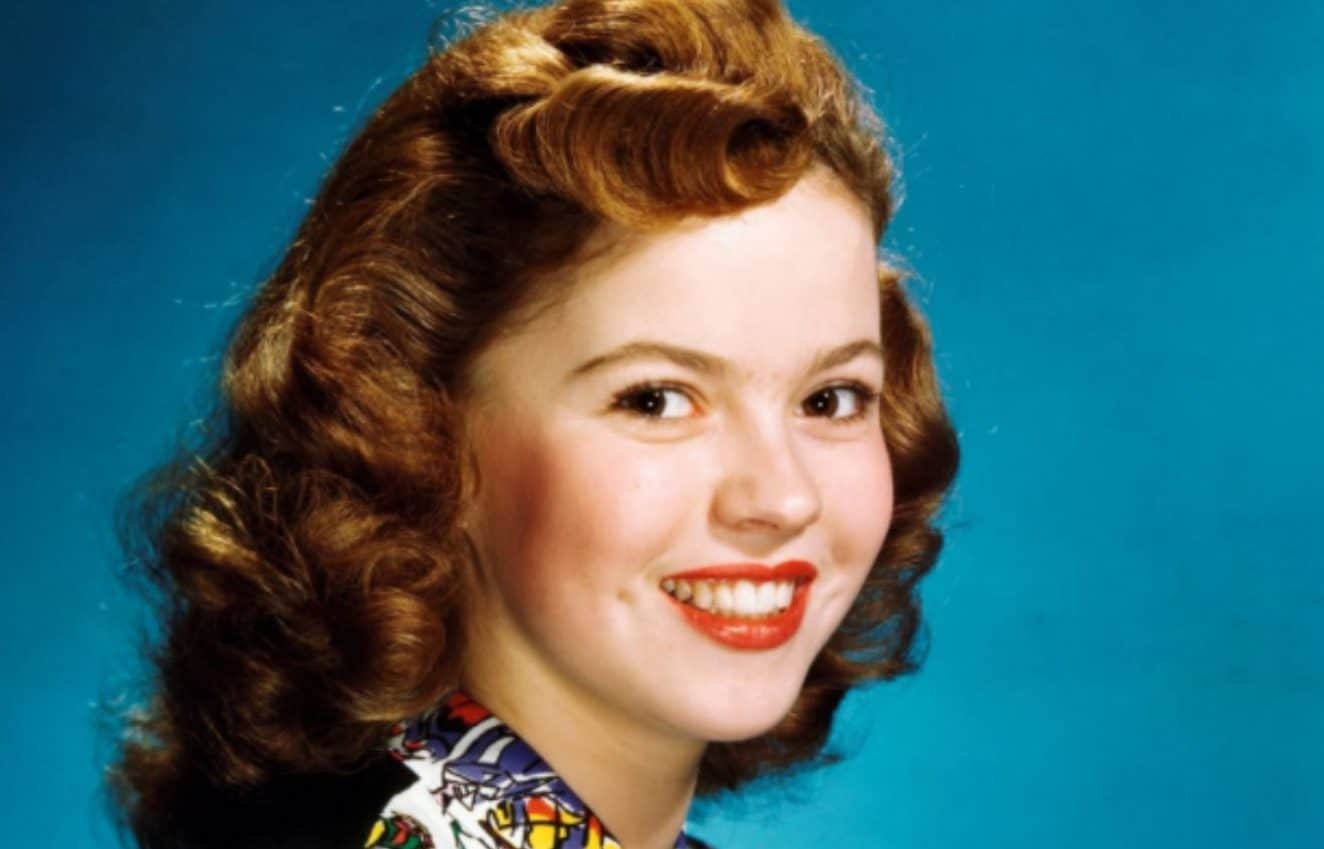
In the movie “Little Miss Marky,” she portrayed a young girl named Marky who was being held as collateral by a group of gangsters. Damon Runyon’s short tale of the same name served as the inspiration for the film. Since the film was so well-liked, it has been remade numerous times.
She portrayed Shirley Blake, an orphan, in the film “Bright Eyes.” The bond between Shirley, her godfather, and an elderly relative was the main subject of the film. Temple, in particular, had been considered during the film’s development.
In 1935, she received a special Juvenile Academy Award for her contributions to the motion picture industry 1934, particularly “Little Miss Marker” and “Bright Eyes.”
Temple Was A host For Shirley Temple’s Storybook.
Shirley Temple reappeared in Hollywood with the television show “Shirley Temple’s Storybook,” which featured well-known children’s stories. Episodes of “Storybook” included Temple as narrator and occasionally as an actor, and her bubbly charisma was unaffected.

According to one critic, Temple “can, if she chose to, steal December from Tiny Tim” during her “Storybook” act.
Shirley Temple was also a philanthropist.
Shirley Temple developed a kind heart early on, and it grew strong well into maturity. When she was younger, Temple performed in a radio fundraiser for European war refugees as part of her participation in charitable events for groups like the American Red Cross.
After leaving the entertainment industry, Temple worked with several nonprofit organizations in the San Francisco area that supported the arts and health, including promoting the San Francisco International Festival. Temple put a lot of effort into advocating for a Multiple Sclerosis cure.
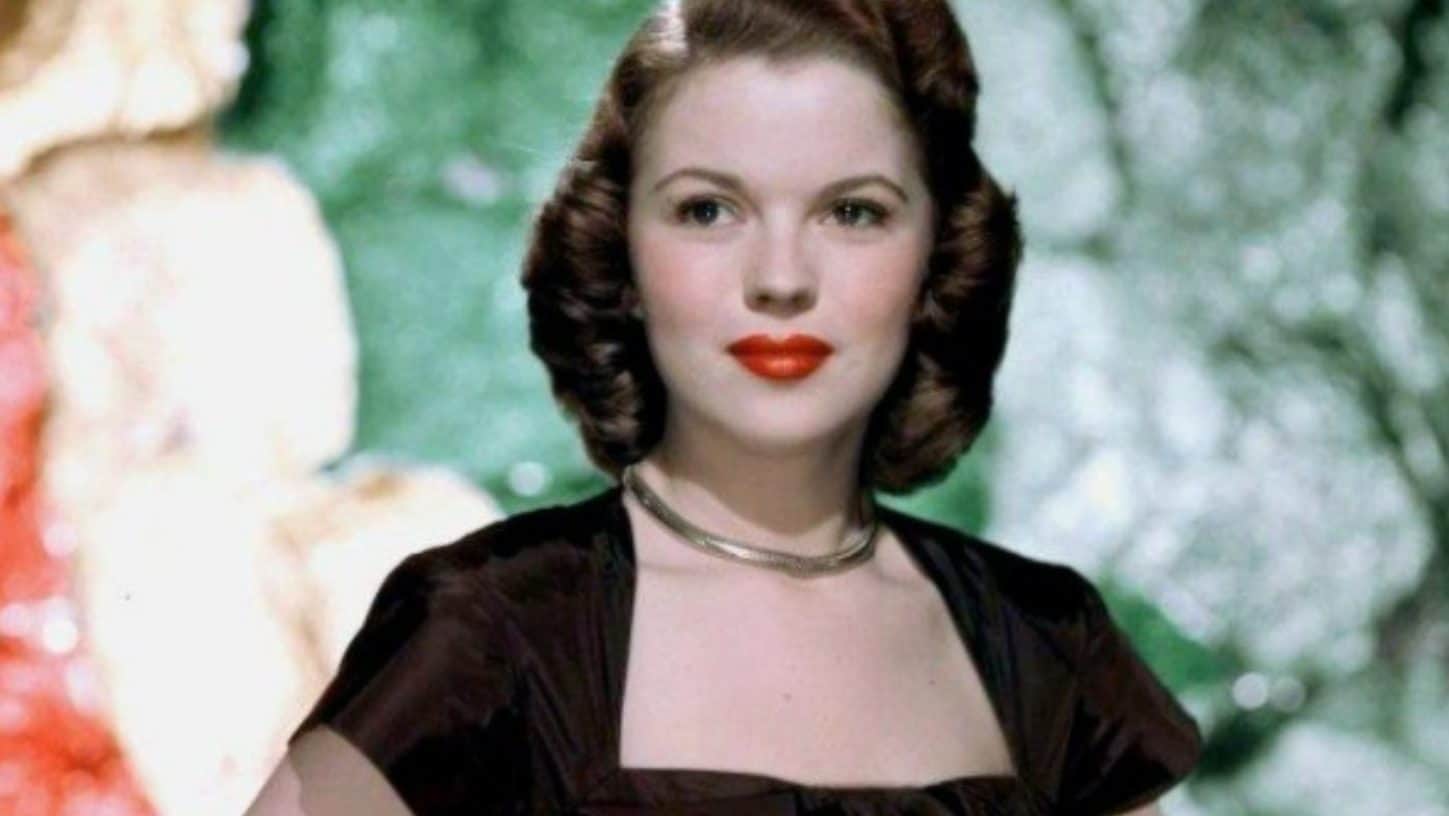
After learning that her brother George had MS, Temple started working with the Neurological Society and eventually rose to today’s position in the 1960s. She put in a lot of effort for the Multiple Sclerosis Society and the International Union of Multiple Sclerosis Associations, which she helped form.
Shirley was a Respected Politician
As Shirley Temple and her spouse Charles Alden Black arrived in Washington, D.C., in the 1950s, she developed an interest in politics. After returning to California, Temple decided to compete as a Democrat for U.S. Congress in early 1967 to fill Rep. J. Arthur Younger’s vacated seat.
Temple was not the first film star to run for political office; she took her cues from recently elected California presidents Ronald Reagan and George Murphy. Pete McCloskey, another Republican who won the seat, defeated Temple in the race.
Temple served as an American ambassador to the Czech Republic and Ghana.
The consummate actress Shirley Temple used her skills in public affairs to become a successful ambassador who worked for four different administrations in various capacities. Temple’s work in diplomacy began in 1969 after President Richard Nixon named her a representative to the U.N.

She served as the U.S. envoy to Ghana between 1974 to 1976 after her time at the U.N. President Gerald Ford nominated her to the post. Temple served as a foreign affairs officer specialist for the State Department throughout the 1980s under President Ronald Reagan.
Then, between 1989 to 1992, President George H.W. Bush appointed Temple as the United States ambassador to Czechoslovakia, a post she retained until she retired from government service. She served as an ambassador to Czechoslovakia while the Velvet Revolution was going on, which demanded an end to communist rule there.
Temple, a supporter of individual liberty, received plaudits for her national and international talks from James Baker, the secretary of State, who called Temple’s work “excellent.”
Sherley was A Director on the boards of several large corporations
Her participation with the World Wildlife Federation extended several decades; it began in the 1940s when she served as special chairman of Wildlife Week and continued into the 1970s when she sat on the board of governors for several years.
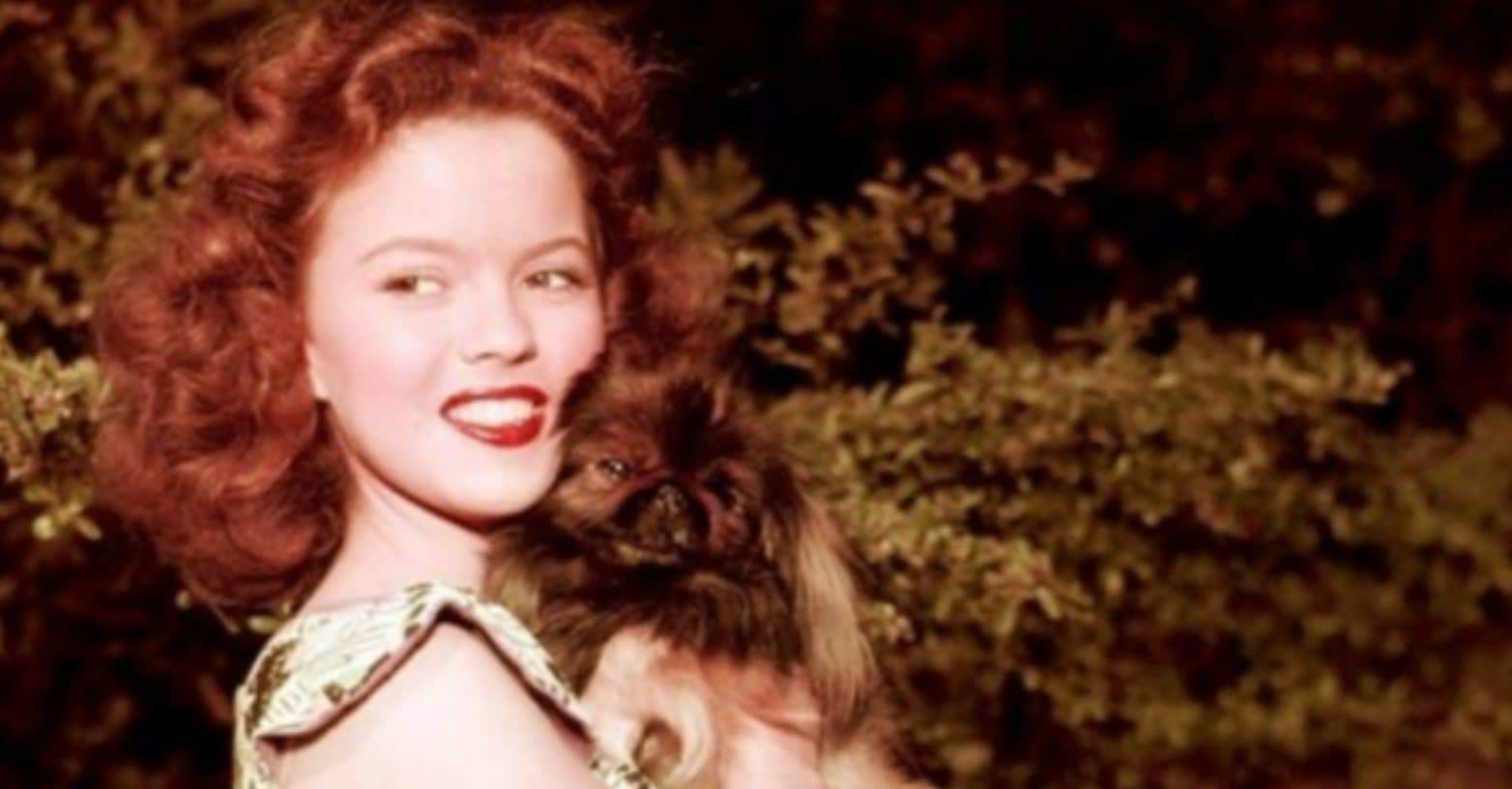
Temple was on the management board of The Walt Disney Company from 1974 to 1975, even though she never produced films for Walt Disney. As a young youngster, Temple won a Juvenile Academy Award in 1935, and he quickly piled up awards in Hollywood.
Temple won several important awards honoring her work in showbiz long before she left the Tinseltown limelight for her work in international affairs. Temple received the Career Achievement Award from the National Review Board in 1992, the rainbow-colored award from the Kennedy Center Honors in 1998, and the Film Actors Guild Lifetime Achievement Award in 2005.
She continued to be a beloved character in the heritage of 20th Century Fox, and the studio even erected a bronze sculpture of Temple on the Fox property. President Richard M. Nixon selected Temple to represent the United States at the United Nations General Assembly in 1969.

S. Temple later served as the country of Ghana’s ambassador, where she was well-liked by the populace. Temple enthusiastically adopted her new way of life and facilitated conversations on anything from finance to women’s freedom. “I have always felt at home in Ghana,”
Also read: Who is Heidi Klum’s Husband? Relationship With Tom Kaulitz Now
What happened to Shirley Temple?
Shirley appeared in a short film titled Baby Burlesks in late 1932. The shorts’ plot alone was objectionable enough, with Shirley portraying an exotic dancer as satirized grownups in diapers ogled at her.
According to Grunge, in the Baby Burlesks production, any misbehaving child was confined to a windowless D.J. booth in which they were left in complete darkness. They were made to sit on a chunk of ice inside. Shirley was frequently taken to the sound booth.

In the end, Shirley’s employers regarded her more like a machine for earning money than a person. She developed an ear infection in early 1932, necessitating a hospital lancing of her ear. The producer didn’t offer her assistance; instead, he insisted that she return to the studio the next day and threatened to shoot her if she didn’t.
Shirley was subjected to bullying as a young child as well. Producer Arthur Freedman flashed himself to her during her first trip to the MGM studio as a young person. Years later, when she was 17, another producer tried to abuse her by pursuing her around his office. Fortunately, her greater fitness allowed her to get away from him.
Shirley endured repeated groping, threats, and acts of intimidation from strong males throughout her employment. The celebrity also had to contend with public rumors and verbal abuse.
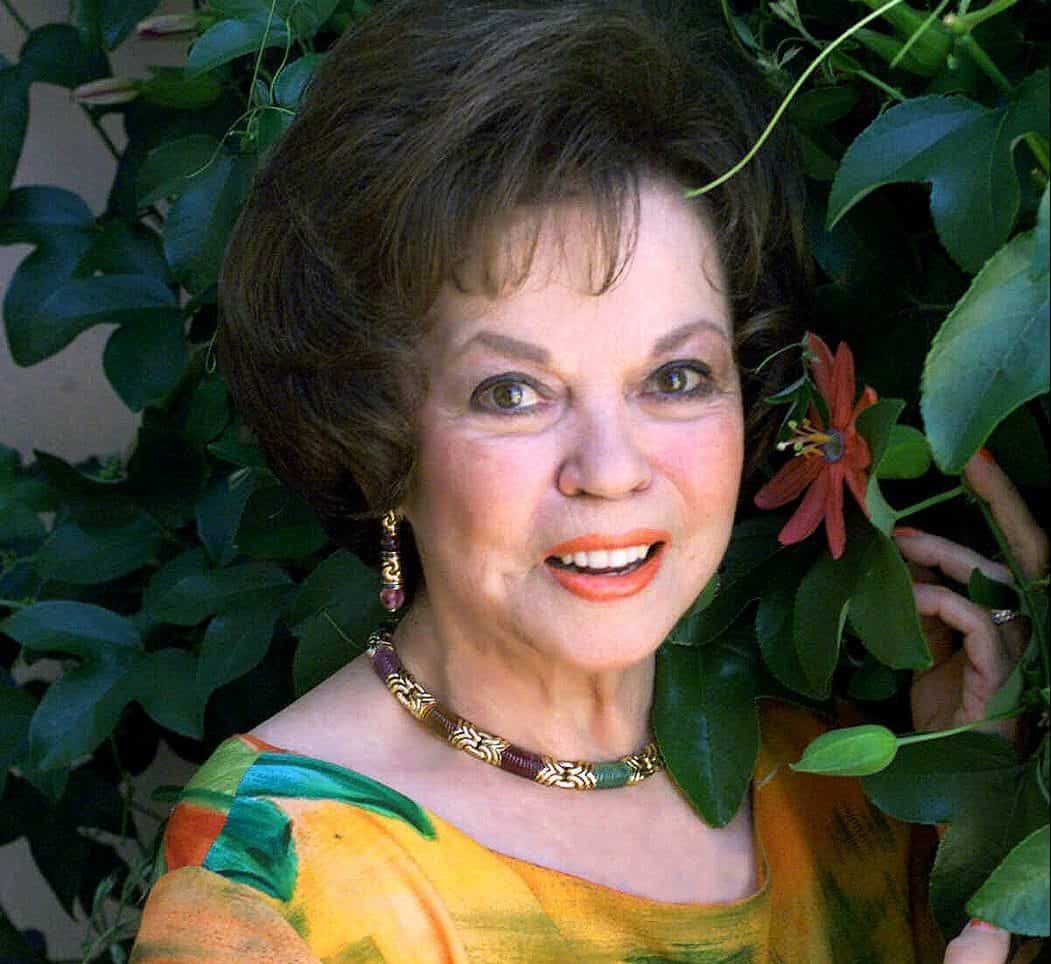
Due to allegations that her hair wasn’t real, fans frequently pluck it to check if it was a wig. Other stories about Shirley said that she wasn’t a child, which prompted the Vatican to dispatch a priest to look into her, and that her teeth had been filed down to make her appear more childlike.
When a deluded lady attempted to murder Shirley in 1939, the public’s opinion of her almost cost her life. She thought Shirley had kidnapped her daughter’s soul. Shirley Temple was paid more than most individuals could have imagined. But regrettably, she lost the cash she had worked so hard to gain.
According to insiders, Shirley’s mom got $250 per week from the studios when she entered the industry, but Shirley was never given more than $20 in pocket change each week. By 1936, Shirley earned $50,000 for every film, which is more than $1 million in current dollars.
She reportedly made more money annually than the majority of Hollywood stars, according to Grunge. Nevertheless, Shirley’s father, George, took over as her manager in 1934. By the moment Shirley was around 21 years old, he had squandered her riches and even squandered some of it on himself.
Shirley had only $44,000 in her account. Shirley never harbored resentment toward her father despite being defrauded by her money.
Shirley Temple And her Chaotic Personal life
Shirley’s traumatic first marriage at the age of 17
Since Shirley Temple spent most of her youth performing and acting, her situation also moved rapidly. As Temple neared adulthood, she was a seasoned performer who chain-smoked and was eager to be first in her graduating class to get hitched.

Temple and U.S. Army Air Corp soldier John Agar had only a few months previously through a mutual acquaintance, actress ZaSu Pitts. They wed in 1945 when Temple was just 17 years old. A gorgeous Agar who had a mediocre interest in appearing in films accepted the position after receiving a hefty offer from director and producer David O. Selznick.
The movies “Fort Apache” and later “Adventures in Baltimore” will feature Temple and Agar alongside, but their connection onscreen did not extend to their real-life romance. Shirley and Agar presented a happy image to the world, such as the birth of their child Linda Susan in late 1948, but their relationship was far from perfect in practice.
Shirley Divorced Her First Husband at the age of 21
Agar struggled with alcoholism and was detained for driving while intoxicated. Agar’s loyalty and unpredictable violent temper were other problems. The huge fandom of his spouse cast a shadow over Agar, a hesitant and nervous movie actor, earning him the mocking moniker “Mr. Shirley Temple.”

Agar’s irresponsible behavior was made worse by his drinking, leading to multiple arrests and extramarital encounters while married. Linda Susan Agar was the name of their first and sole child, she was born to the couple in late 1948, yet the clan as a whole was far from ideal.
After four years of marriage, Temple asked for a divorce from her husband and then went on to file for it and was given full custody of her child. She charged Agar with “mental cruelty.” The pair got a divorce in early 1949 and remained distant for the rest of their lives.
How Did Sherley Temple Retire From The Entertainment Industry?
When Temple encountered Charles Adlen Black, a U.S. Military officer, entrepreneur, and enthusiastic surfer, her life improved. At a cocktail gathering where they first met, Temple noted, “He immediately smote me.
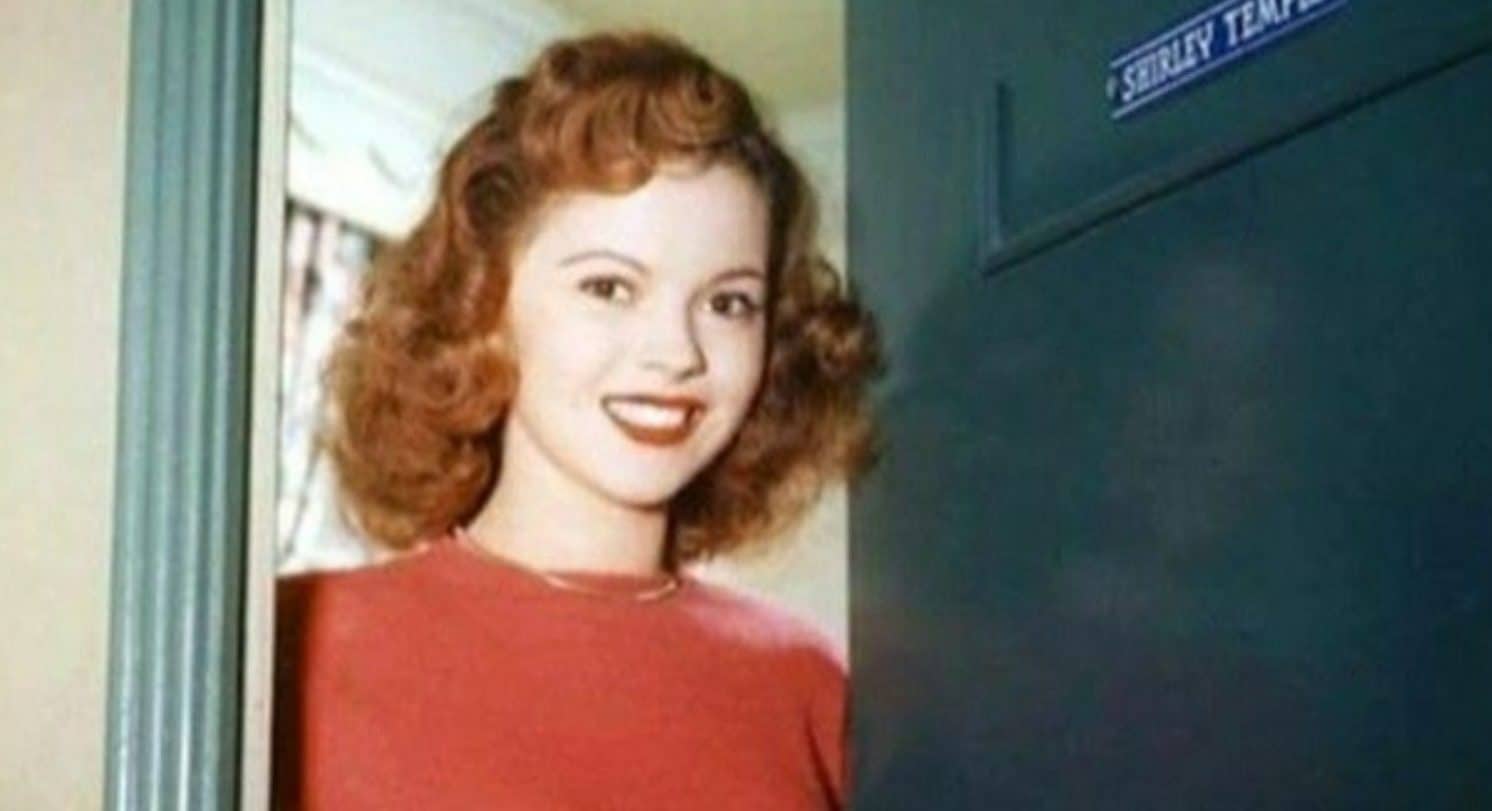
Although it seems corny, that is what took place “. Temple and Black got engaged shortly after her separation from Alden, and they wed in early December 1950, less than 60 days later.
Temple Reportedly survived breast cancer.
One of the people she cited as supporting her through her illness was Temple. In late 1972, the star was diagnosed with breast cancer. This was around such an era wherein, as Grossman noted, ladies and, most importantly, actresses and major stars tried to frequently keep their illnesses to themselves.
During this time in history, some physicians would execute mastectomies while pretending to perform a biopsy. According to the justification, women couldn’t face the unpleasant news before the procedure. For Temple’s benefit, her physicians weren’t secretive about anything.
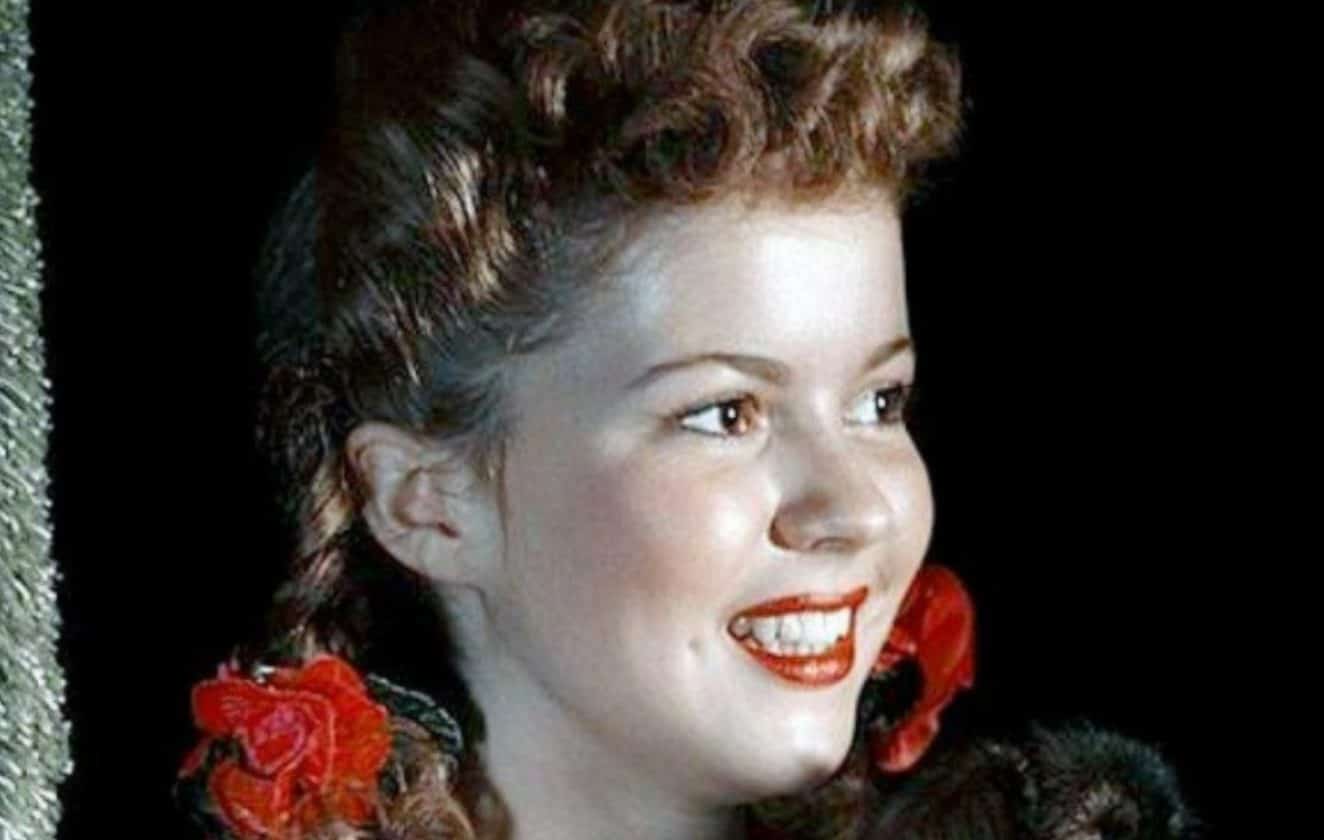
Temple likewise had no intention of hiding her illness from anyone. Temple had a media briefing in the part of a medical mastectomy. Temple warned readers not to “sit at home and be terrified” and encouraged other women to conduct examinations for self-breast.
In an additional statement, Temple stated, “The physician can make the surgery; I’ll take the decision.” Temple’s powerful article made her the first well-known person to discuss her fight with cancer in a mainstream gossip magazine.
How Did Shirley Temple Passed Away?
At the age of around 85, Temple, unfortunately, died away in early February 2014. Cheryl Kagan, the erstwhile publicist for the actress who had become a politician then, spoke with the reporters the following day.
When questioned how Temple viewed her life retrospectively, Kagan said, “She was still hard at work. She continued to write the second series of her autobiography right up to her death.” Shirley Temple led a very active, varied, and rich life.
Also read: What Happened To Master P’s Daughter? Tytyana Miller Lost Her Battle Against Drug Abuse

